
Солана проти Polkadot: повне порівняння
У світі блокчейн-технологій, що швидко розвивається, два гіганти стали головними претендентами: Solana та Polkadot. Обидві мережі пропонують унікальні рішення проблем масштабованості, швидкості та сумісності, які виникають у старих блокчейнів, таких як Эфириум і обличчя Биткоин. Але який з них найкращий для вас?
У цій статті ви дізнаєтесь про фундаментальні аспекти SOL і DOT, у тому числі про їхні ключові відмінності. Зрештою ви матимете більш чітке уявлення про те, який блокчейн може бути найкращим для ваших потреб.
Що таке Солана (SOL)?
Cолана — це високопродуктивна блокчейн-мережа, розроблена для вирішення проблем масштабованості, з якими стикаються іншими мережами, такими як Ethereum. Він був офіційно запущений у березні 2020 року командою Solana Labs під керівництвом Анатолія Яковенка.
Він використовує інноваційний механізм Proof of History (PoH) у поєднанні з Proof of Stake (PoS), що дозволяє обробляти до 65 000 транзакцій за секунду (TPS). Ось чому Solana відомий як один із найшвидших блокчейнів. Цей факт робить Solana найкращим вибором для високопродуктивних програм, таких як децентралізовані фінансові платформи (DeFi), незамінні токени (NFT) і криптобіржі. Крім того, Solana підтримує смарт-контракти та децентралізовані програми (dApps) через власну віртуальну машину Solana VM, яка дозволяє розробникам створювати та розгортати широкий спектр блокчейн-додатків.
Незважаючи на свої технічні переваги, Solana зіткнулася з певною критикою через проблеми з централізацією, оскільки для роботи її валідаторів потрібне більш потужне обладнання порівняно з іншими блокчейнами. Однак його швидкість, низькі витрати та екосистема, що розвивається, зробили Solana сильним конкурентом, залучаючи розробників і проекти в усьому криптопросторі.
Що таке Polkadot (DOT)?
Polkadot також є унікальною мережею, розробленою для забезпечення взаємодії між різними блокчейнами. Запущений у 2020 році співзасновником Ethereum Гевіном Вудом, Polkadot підключає різні незалежні блокчейни (так звані парачейни) до свого центрального релейного ланцюга, дозволяючи їм безперешкодно обмінюватися даними та цінностями. Ця настройка робить Polkadot ідеальною платформою для криптовалют для проектів, які вимагають міжланцюгового зв’язку та масштабованості. Polkadot також підтримує стейкінг, дозволяючи власникам токенів DOT брати участь у захисті мережі та перевірці транзакцій.
Архітектура Polkadot допускає паралельну обробку, тобто кілька парачейнів можуть виконувати транзакції одночасно, підвищуючи загальну пропускну здатність мережі. Хоча середня швидкість транзакцій становить близько 1000 TPS, масштабованість мережі зростає, коли додається більше парачейнів, що робить її дуже гнучкою для майбутнього зростання.
Рідний токен Polkadot, DOT, відіграє ключову роль в управлінні, стекінгу та з’єднанні парачейнів. Система Nominated Proof of Stake (nPoS) платформи забезпечує безпеку та децентралізацію, а її мережеве управління дозволяє власникам DOT голосувати за оновлення мережі, що робить її одним із найбільш керованих спільнотою блокчейн-проектів сьогодні.
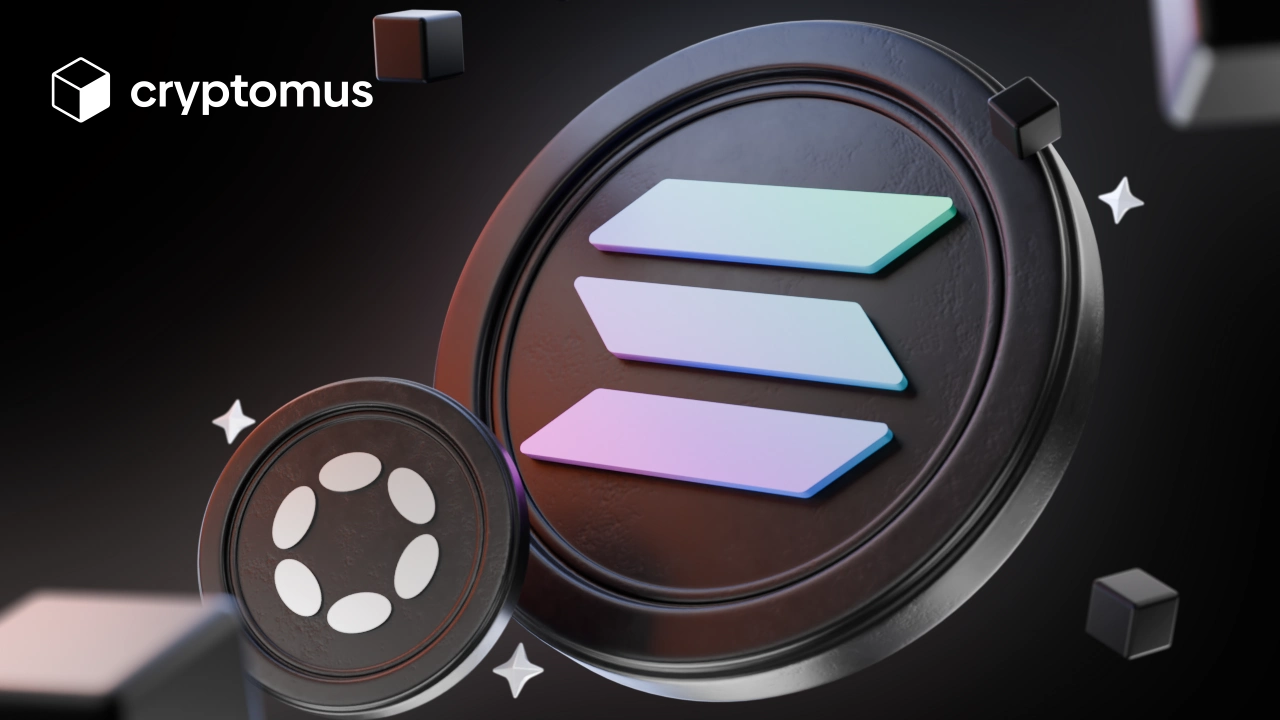
Солана проти Polkadot: ключові відмінності
Порівнюючи Solana та Polkadot, стає зрозуміло, що кожна мережа пропонує певні переваги залежно від варіантів використання. Кожен із них має унікальні особливості, які привабливі для різних типів проектів. Давайте зануримося в найважливіші фактори, які їх відрізняють.
Швидкість транзакції
Solana створена для швидкості, обробляючи до 65 000 TPS, що робить її одним із найшвидших блокчейнів у світі. Це значною мірою відбувається завдяки механізму підтвердження історії (PoH), який спрощує порядок транзакцій. Швидкість Solana є головною перевагою для проектів, які вимагають швидкого завершення транзакцій, таких як високочастотна торгівля, ігри або децентралізовані біржі.
З іншого боку, Polkadot в середньому становить близько 1000 TPS. Незважаючи на те, що архітектура Polkadot повільніша за Solana, вона допускає паралельну обробку через парачейни, тобто загальна пропускна здатність транзакцій збільшується, коли додається більше парачейнів. Це робить Polkadot високомасштабованим для майбутніх випадків використання, навіть якщо він не такий швидкий у короткостроковій перспективі.
Плата за транзакцію
Однією з найпривабливіших особливостей Solana є надзвичайно низькі комісії. Вартість транзакції зазвичай становить менше 0,01 дол. США, що робить його неймовірно доступним для користувачів і розробників. Це середовище з низькою комісією особливо вигідно для програм, які вимагають багато мікротранзакцій, таких як платформи DeFi або ринки NFT. Низькі витрати Solana постійно роблять його частиною найкращих блокчейнів із найнижчими комісіями за транзакції, про що ми розповідали тут.
Комісії Polkadot також є відносно низькими порівняно зі старими блокчейнами, такими як Ethereum, але вони, як правило, вищі, ніж комісії Solana. У середньому комісія Polkadot за транзакції коливається від 0,10 до 1 долара залежно від використання мережі та складності транзакції. Додаткові витрати виникають через складність керування міжланцюжковими транзакціями та забезпечення безпеки парачейнів мережі. Однак структура комісії Polkadot залишається конкурентоспроможною, особливо враховуючи її увагу на сумісності та масштабованості через блокчейни.
Механізм консенсусу
Solana використовує гібридну консенсусну модель, що поєднує PoH і PoS. Перший дає змогу мережі ефективно позначати мітки часу транзакціям, тоді як інший забезпечує безпеку, вимагаючи від валідаторів ставити токени SOL. Ця комбінація дозволяє Solana досягати як високої швидкості, так і безпеки, що робить його привабливим варіантом для криптопроектів з високими потребами в продуктивності.
Polkadot використовує консенсусний механізм Nominated Proof of Stake, який призначений для покращення децентралізації та безпеки. У nPoS номінатори підтримують валідатори, які потім захищають мережу. Ця система є дуже гнучкою та адаптованою, що гарантує безпеку Polkadot, одночасно допускаючи широку участь спільноти в управлінні мережею.
Масштабованість
Масштабованість є ключовим фактором для обох мереж, але вони представляють її по-різному. Solana є вбудовано масштабованою, обробляючи тисячі транзакцій за секунду, не вимагаючи рішень рівня 2. Його одноланцюгова конструкція та висока пропускна здатність роблять його високоефективним навіть у часи пікового використання, забезпечуючи можливість масштабування без втрати продуктивності.
Polkadot використовує більш модульний підхід до масштабованості завдяки своїй архітектурі parachain. Кожен парачейн може обробляти власні транзакції незалежно, сприяючи загальній масштабованості мережі. З додаванням більшої кількості парачейнів збільшується здатність Polkadot обробляти декілька типів транзакцій одночасно. Це робить Polkadot гнучким і масштабованим у довгостроковій перспективі, особливо для проектів, які потребують спеціальних блокчейн-рішень.
Підводячи підсумок, головна відмінність між Polkadot і Solana полягає в їхній цілеспрямованості: Solana зосереджена на надвисокій швидкості транзакцій і низьких комісіях, тоді як Polkadot надає пріоритет сумісності та масштабованості завдяки своїй унікальній парачейн-архітектурі.
Солана проти Polkadot: що краще купити?
Рішення про інвестування в Solana чи Polkadot залежить від ваших пріоритетів. Solana може бути кращим варіантом, якщо ви шукаєте виняткову швидкість транзакцій і низькі витрати. З його здатністю обробляти до 65 000 TPS і мінімальними комісіями Solana ідеально підходить для проектів, які вимагають високої пропускної здатності та економних операцій, що робить його сильним конкурентом для великих випадків використання, таких як торгові платформи та програми DeFi.
І навпаки, якщо ви зосереджені на перспективній масштабованості, Polkadot може бути більш придатним. Незважаючи на те, що швидкість і комісія у нього вищі, ніж у Solana, наголос Polkadot на створенні універсальної та взаємопов’язаної екосистеми блокчейну забезпечує значну довгострокову цінність для проектів, які вимагають широкого співробітництва та адаптивності блокчейну.
Солана проти Полкадота: пряме порівняння
Щоб надати чіткішу картину того, як Solana та Polkadot протистоять один одному, ми зібрали детальне порівняння. Ця повна таблиця висвітлює їхні ключові характеристики, щоб допомогти вам прийняти обґрунтоване рішення на основі ваших конкретних потреб.
| Крипто | Швидкість транзакції | Збори | Масштабованість | Сумісність | Механізм консенсусу | Управління | |
|---|---|---|---|---|---|---|---|
| Солана | Швидкість транзакціїДо 65 000 TPS | ЗбориЗазвичай менше $0,01 | МасштабованістьВисока пропускна здатність завдяки одноланцюговій конструкції | СумісністьОбмежена нативна крос-чейн підтримка | Механізм консенсусуДоказ історії (PoH) + Доказ ставки (PoS) | УправлінняМенш децентралізований, переважно керований валідатором | |
| Polkadot | Швидкість транзакціїБлизько 1000 TPS | ЗбориВід 0,10 до 1 долара | МасштабованістьВаги з додатковими парачейнами | СумісністьМіцний, з безперебійним міжланцюговим зв’язком | Механізм консенсусуНомінований доказ частки (nPoS) | УправлінняВисока децентралізація з активним керуванням у мережі |
Підсумовуючи, і Solana, і Polkadot пропонують переконливі функції, адаптовані до різних уподобань в екосистемі блокчейну. Зрештою, рішення між Соланою та Полкадотом має ґрунтуватися на ваших конкретних вимогах, будь то швидкість чи вартість. Ми сподіваємося, що це порівняння дало вам цінну інформацію про сильні сторони кожної криптовалюти.
Ми хотіли б почути ваші думки та відгуки щодо цієї статті. Не соромтеся ділитися своєю думкою або ставити додаткові запитання, які у вас можуть виникнути!
Оцініть статтю
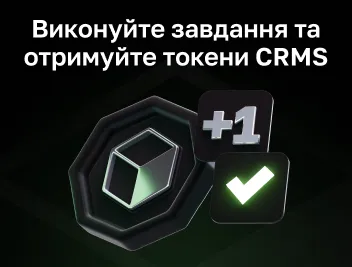


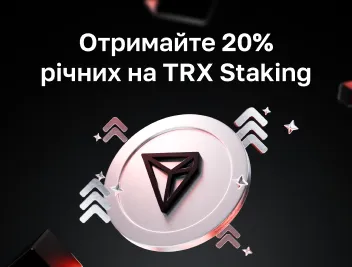
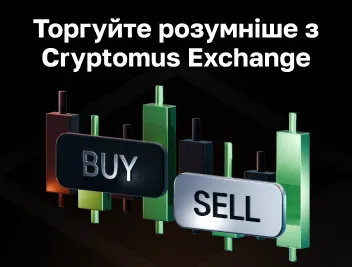


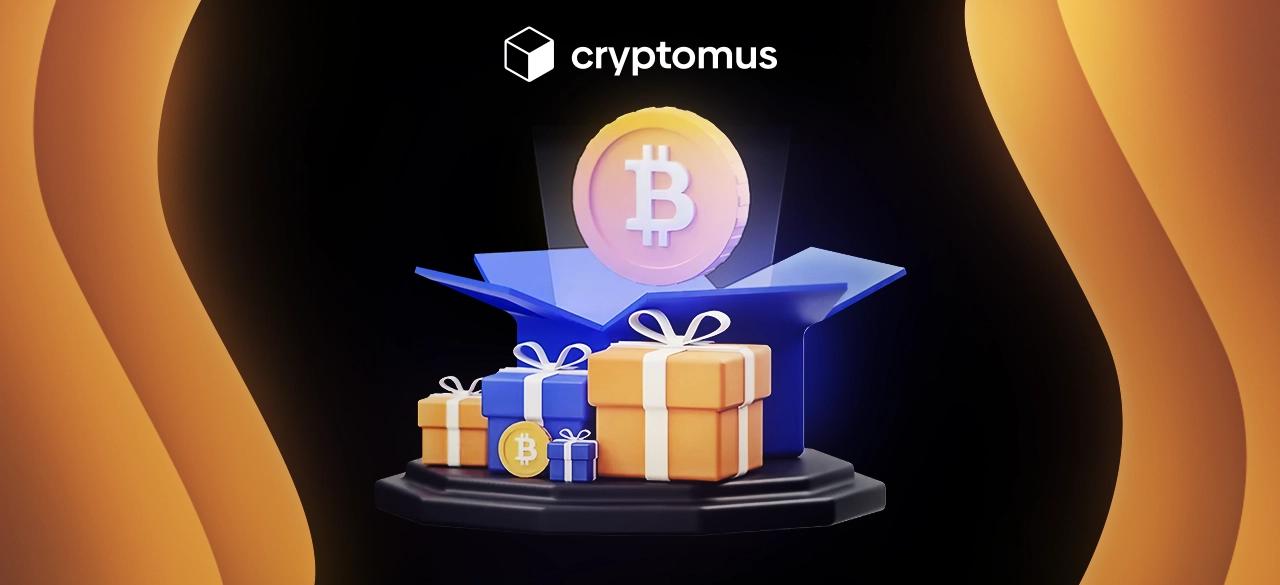
коментарі
0
Ви повинні увійти, щоб залишити коментар